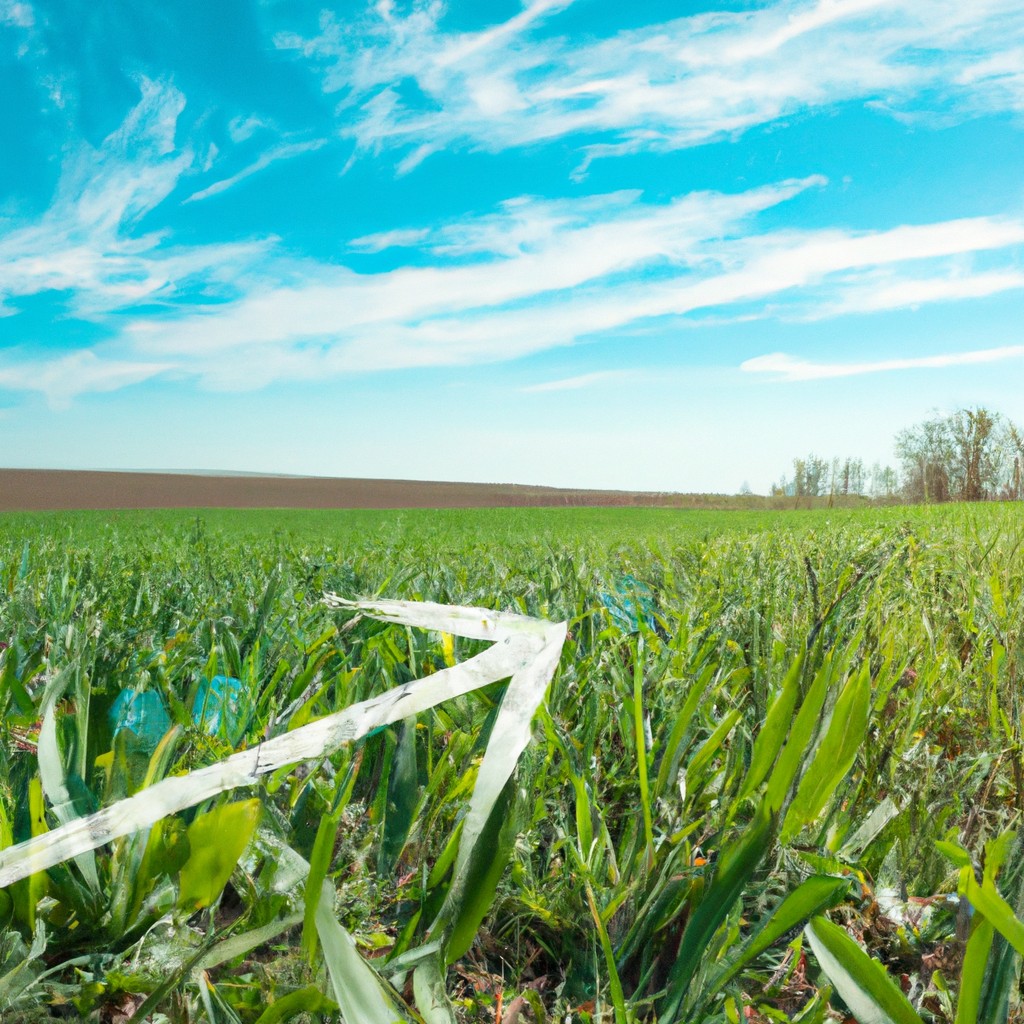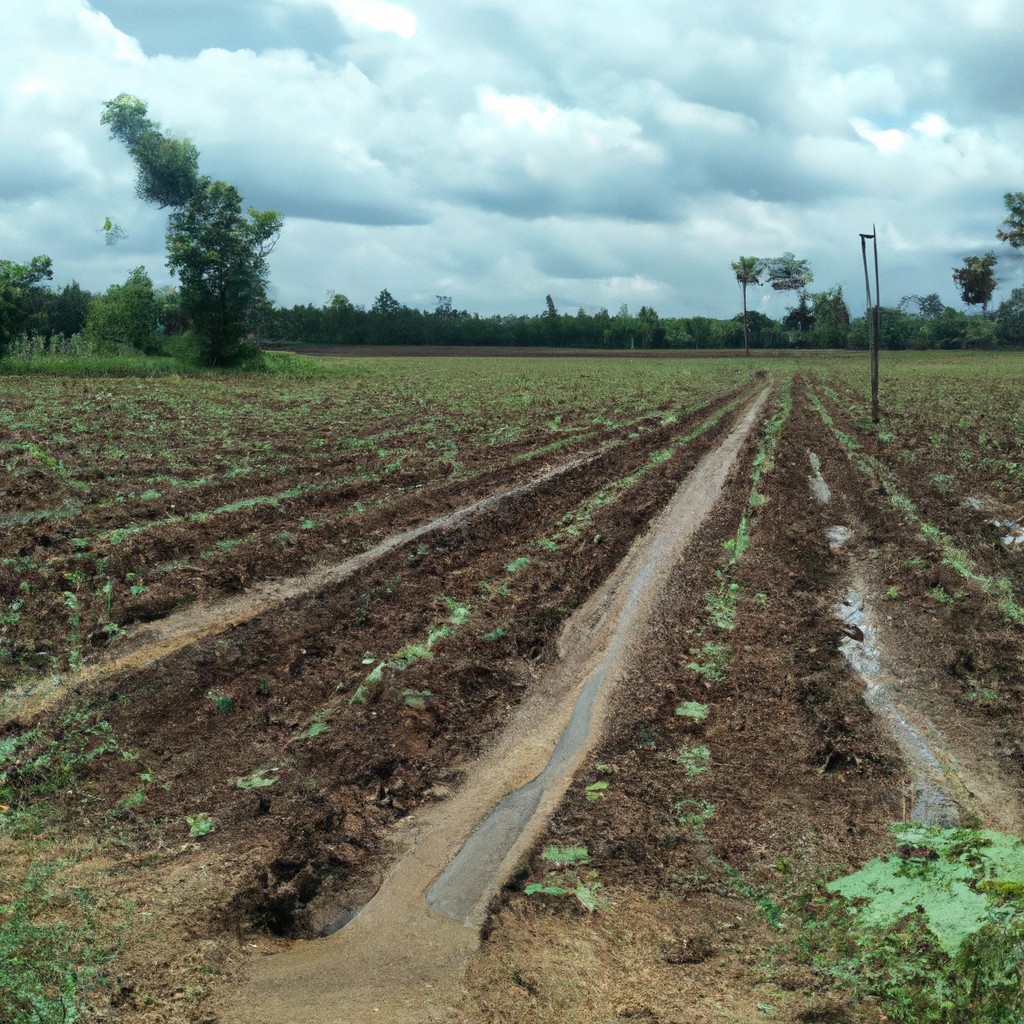Discover how agriculture in Brazil powers the global market with its vast production of coffee, sugar, soybeans, and more while fostering sustainable practices.
Look Inside:
Crop Production and Innovations

Brazil’s fields are buzzing with innovation. Picture this: farmers using drones. Yep, these flying robots aren’t just for cool aerial selfies. They’re helping spot pests early and spraying crops precisely. That’s less pesticide wasted and more crops saved.
Then there’s precision agriculture. It’s not about farming with a monocle and top hat. It involves using GPS technology to monitor soil health and predict exactly what plants crave. Hint: it’s not electrolytes, but the perfect mix of nutrients.
Of course, Brazil’s got biofuel crops like sugarcane to brag about. Corn is another star, fueling both lunch plates and ethanol tanks. Multi-tasking crops, who knew?
And let’s not ignore the cheekily named zero-tillage practices. They keep the soil snug with its blanket of crop residues. The ground gets to skip the plow workout and preserve its nutrients. Talk about soil pampering.
So, while Brazil’s farmland stretches far and wide, it’s the brainy tech and clever approaches doing the heavy farming lifting.
Impact of Exchange Rates
Exchange rates can have a profound effect on agriculture, acting like surprise party guests no one expected. Picture a farmer selling soybeans with the Brazilian real playing the currency tango. When the real weakens, Brazilian products become less expensive abroad, causing demand to cha-cha up. This can boost producers’ revenues, turning their day brighter than a sunflower field at high noon.
But hold on to your tractor—it’s a double-edged plow. A weaker currency also makes imported farming equipment and fertilizers pricier. Suddenly, tractors and fertilizers are divas demanding high fees, leaving farmers with soaring input costs.
It’s like playing a game of seesaw where balance is perpetually elusive. Brazilian farmers must navigate this financial conundrum with the skill of a magician juggling flaming torches.
Livestock Sector Dynamics
Brazil is beefing up its game. Seriously. It’s the largest exporter of beef and chicken in the world. Cattle farming is like the telenovela of Brazilian agriculture, with twists and turns in climate, policy, and market demands.
The industry is diverse, involving everything from mega-ranches to small family farms. Don’t forget the cowboys – or vaqueiros – who keep the herd moving across vast pastures.
With constant jaw-dropping amazement, the sector balances on the tightrope of tradition and innovation. Technology adoption is on the rise. GPS tracking, precision feeding, and automated milking get their bells jingling.
Efficiency is crucial, but sustainability is not just an option; it’s a necessity. Efforts are underway to reduce deforestation and improve pasture management. The livestock industry is working to become more eco-friendly, grazing into the future with a lighter footprint.
In the financial pasture, increasing domestic demand and fluctuating global prices keep everyone guessing. The exchange rate plays an unpredictable role too, turning this bovine ballet into an economic rodeo. Yeehaw!
Foreign Trade and Global Market Position
Brazil is a heavyweight in the global agricultural arena, swaggering into markets worldwide with samba rhythmic soybeans and coffee beans that dance out of sacks. Here’s what makes Brazil a star player:
First, it’s the world’s largest exporter of soybeans, sugar, coffee, and even the occasional orange breakdancer. It supplies a robust global demand like a true agricultural DJ spinning back-to-back hits.
Trade agreements are Brazil’s secret handshake, boosting access to international markets like a diplomat with green thumbs. These deals position Brazil to outmuscle competitors and pocket precious foreign currency while dishing out plant-based giggles.
Yet, it’s not all smooth sailing down the Amazon. Global market shifts and tariffs can trip up this agricultural behemoth quicker than a toucan on a tightrope. Keeping an eye on these shifting sands helps Brazil’s farmers stay nimble like well-rehearsed capoeira dancers.
Finally, climate’s tricky tango—partnerships that Brazil courts to ensure earth-friendly practices—secures its competitive edge while sustaining its farmer’s livelihoods and our grumbling bellies.
Sustainable Practices and Environmental Challenges
Integrating agroforestry systems is turning Brazil’s farming into a multitasking marvel. Imagine rows of crops living harmoniously with lines of trees. They reduce soil erosion, increase biodiversity, and give forests a new reason not to pack up and leave.
No-till farming is like stealth mode for agriculture, where the soil isn’t churned into a frenzy every season. This practice boosts soil health and keeps carbon comfortably underground, where it belongs, reducing emissions with minimal commotion.
Cover crops are the ultimate ground blanket, protecting soil like an eco-friendly security guard. They snatch up extra nutrients, improve soil structure, and stun erosion into submission. And they’re like pizza; who doesn’t love a good cover?
Water management techniques are essential when it’s not all rainbows—sometimes it’s floods. Drip irrigation and rainwater harvesting are like the zen masters of water use, maximizing efficiency and teaching even the rain how to be strategic.
These practices face challenges aplenty, from land-use conflicts to economic hurdles. But don’t worry; Brazilian farmers tackle these issues with the determination of a cat plotting world domination.




